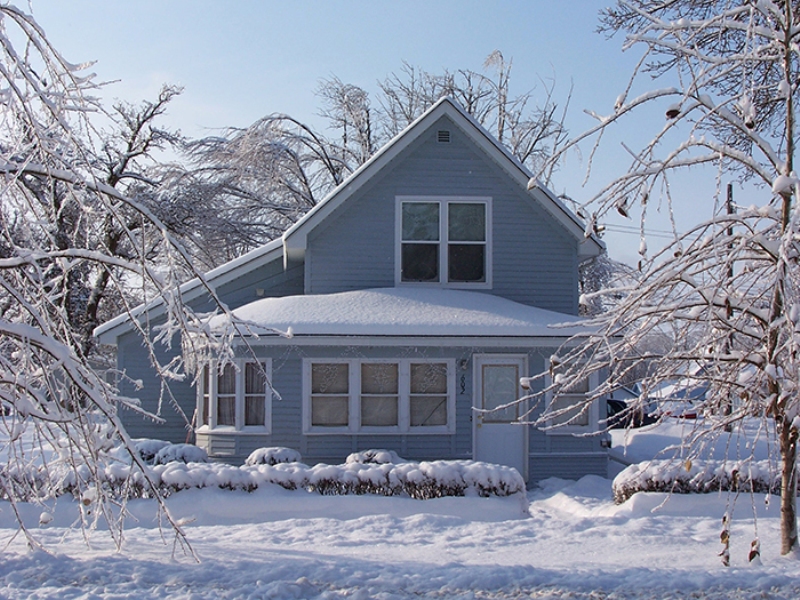With winter’s cool weather comes thoughts of going pond ice skating, curling up in the sofa, and taking hotter showers than usual. It’s a great time to create warm moments worth looking back on with your family and friends. But you might not also be exempted from dealing with mold. Yes, while you’re occupied with your holiday and winter plans, mold has also been busy growing in parts of your house with lots of moisture, either from water damage or improper ventilation. Since it’s winter, pipes have higher chances of bursting after freezing in the cold. Without warning, your house can easily be flooded, moisture can gather, and mold can foster.
Fortunately, you can do things that will prevent them from growing and causing your family health problems.
Why mold grow in the cold
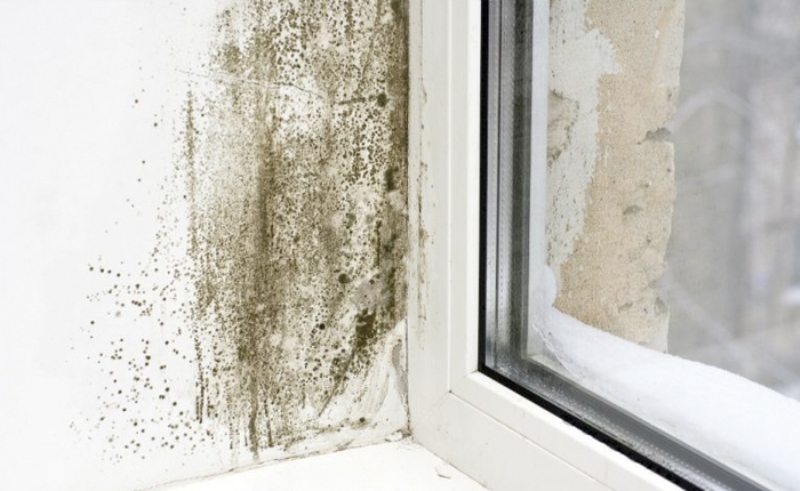
Mold thrives in cold weather, increasing the risk of mold growth during the winter season. And it is all thanks to the things that you do that encourage mold to grow. These include turning up your thermostat to make your home warmer while it’s getting colder outside. In a properly insulated home where no air can get in or out, the warm air will not only increase your feeling of comfort but the level of humidity indoors, too. A humid home is prone to experiencing condensation and high moisture levels, creating a perfect home for mold. It is also important to maintain the same level of humidity in the entire house if you don’t want to unknowingly promote mold growth.
Carelessly bringing in wet footwear and clothes into the house and leaving them as they are is also another cause of mold growth in the winter. Make sure to clean your wet boots and shoes well and dry them up before storing them at home.
Mold loves growing on accumulated dead leaves, which you’ll have plenty of in the yard, given how cold temperatures cause trees to shed leaves. The mold won’t stay in the leaves, unfortunately. They get spread into the air and into your home.
How to prevent mold from growing
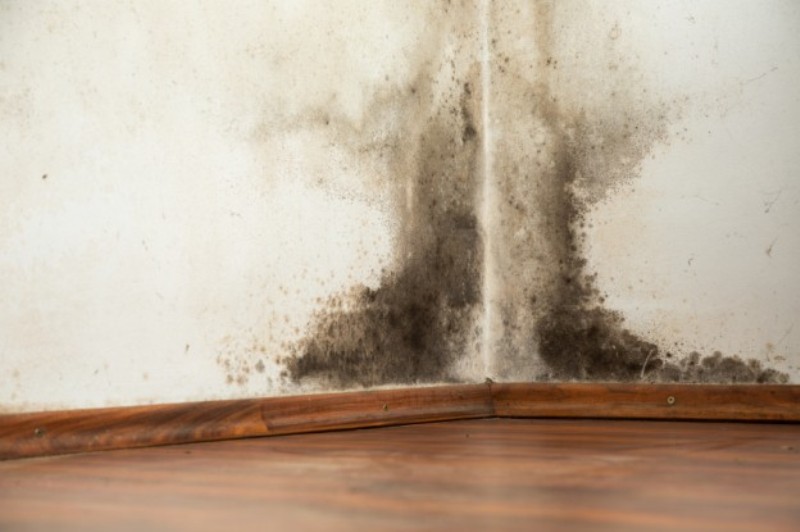
There are a lot of preventive measures where mold during the winter months is concerned, including the following:
- Monitor humidity at home. If relative humidity exceeds 50%, it’s like inviting mold to come and multiply around the house. The CDC recommends to have humidity levels to be no higher than this level. Your home should not be too cold or too moist despite the cold weather outside. You could invest in a hygrometer, which measures the relative humidity level in a room. To balance humidity throughout your home, make sure to seal all the windows as well as exhaust fans, fix and replace worn out weatherstripping, run kitchen and bathroom fans when cooking and showering, respectively, and install a centralized humidification system.
- Check your basement for possible moisture accumulation. If you find moist spots, check your drainage and plumbing system. Replace broken pipes or appliances and the defective areas around the basement.
- Dry out areas showing signs of condensation. Check for sources of condensation, which could be leaks or high humidity level, and patch those sources up. Observe the suspicious spots for weeks to see if you’ve successfully fixed the sources of condensation. It would help to use air movers, which can provide airflow at high velocity, speeding up the drying time of any water-damaged part of the house. You can invest in air movers for better air circulation in order to hasten evaporation and cut down on drying time. They may also be called by alternative names such as commercial blowers, industrial air blowers, air dancer blowers, or inflatable blowers. They can give you your money’s worth in the form of their benefits, which include energy efficiency, quicker drying times, and high velocity cooling and ventilation.
- Dust around your home regularly, or more frequently throughout winter. Mold always finds dusty places appealing.
In everything that you do during the winter season, keep in mind that everything has to be dry and clean to prevent mold growth. It also helps to invest in temperature control devices.
How to identify mold
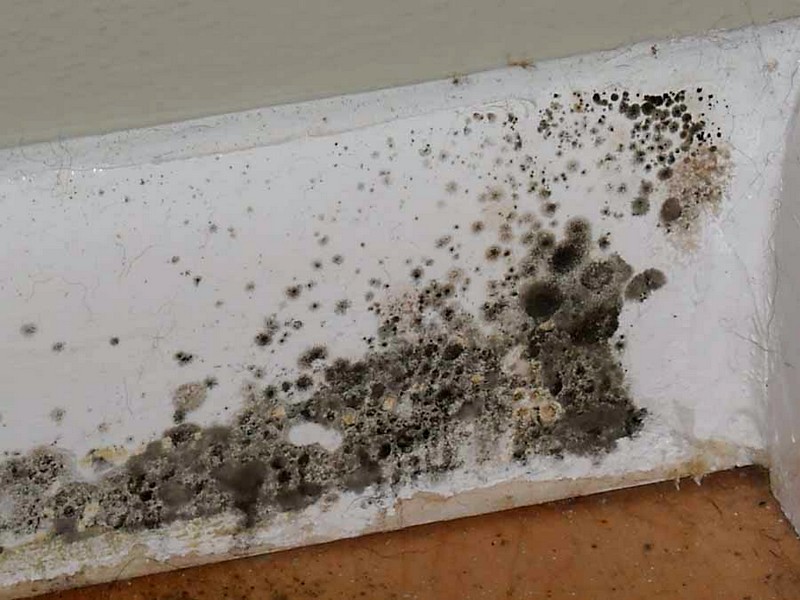
Knowing what mold looks like and spotting it right away will help you remove it at the soonest time possible before it spreads, worsens, and starts causing health problems to those exposed to it. Five of the common types found in households include:
- Penicillum. This is always blue or green in color and are often found in water-damaged carpets, decaying fabric, and wallpaper.
- Aspergillus. It appears yellow-green with a red-brown appearance underneath and is usually found in extremely damp areas and around house dust.
- Alternaria. This is often found under sinks, on window frames and in window showers. It is characterized by its black color and velvet texture.
- Cladosporium. You can recognize it by its brown or olive-green pigmentation that may later turn black. It often grows on wood or textile and other porous surfaces.
- Stachybotrys. This is a toxic black mold that appears in its greenish-black gelatinous form. It also has a musty odor and produces air-borne toxins.
How to kill it
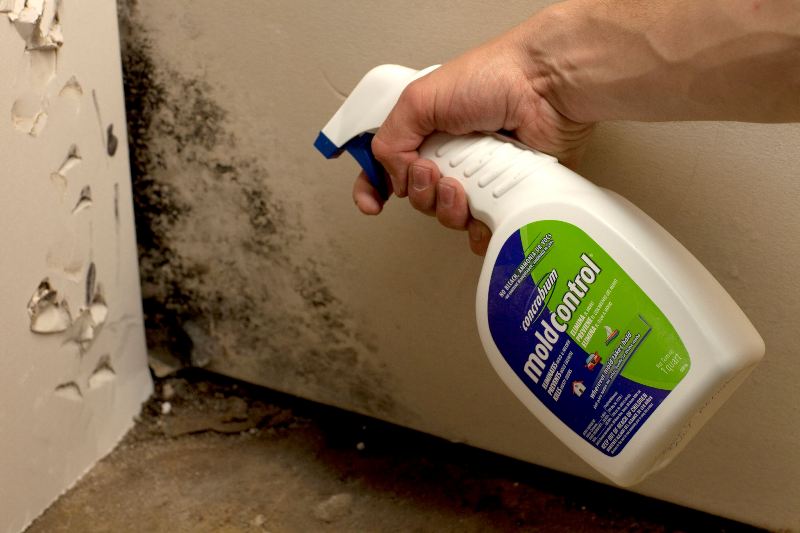
The best way to kill mold is to remove it the moment you spot it, appearing as black or other colorful spots on the walls, flooring or tiles. Clean it off using a scrub brush and mold control spray.
If the infestation has grown, take extra precautions by wearing a facemask, gloves, and eye protection. If the mold has grown under the carpet, remove the infected item first, then use a wet-dry vacuum to clean the affected spot before treating it with a disinfectant or biocide. Fix the area and let it completely dry using air movers to speed up the drying process.
In even worse cases, a mold remediation company can be called in to help. They would set up containment barriers, use commercial grade HEPA air filtration devices, wear proper protective gear, use HEPA vacuums, and spray affected areas with specialized cleaning chemicals.
How to prevent leaks and moisture this winter
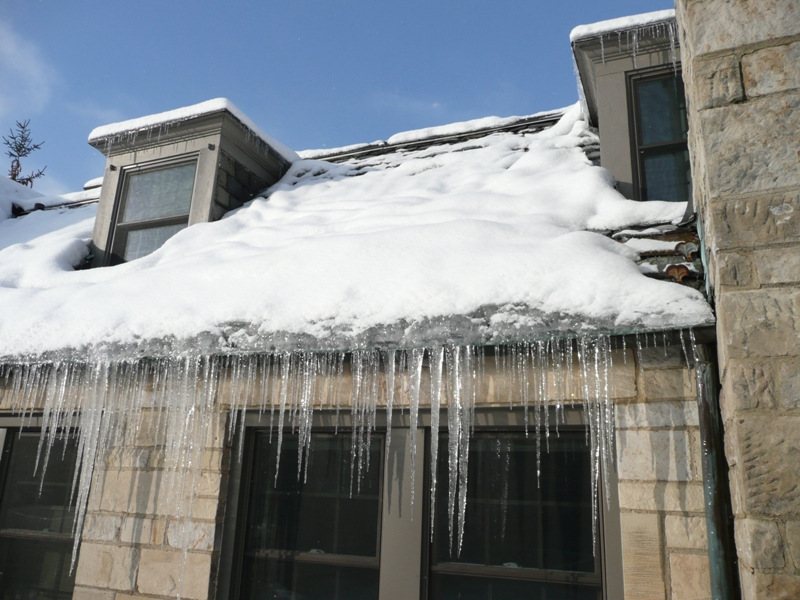
An important part of preventing mold growth is preventing leaks and moisture build up around the house. You can do it by following these tips:
- Insulate pipes indoors and outdoors. You can use waterproof tarps for insulation. Proper insulation will prevent the pipes from breaking and cracking, preventing leaks of any kind. Without leaks, moisture can’t seep through and cause mold to grow.
- Seals around doors and windows must be 100% functional. If you notice any signs of damage, it makes them less effective and lets moisture in, which means they are also letting mold grow.
- Clean your yard free of fallen leaves or any other decaying debris. Remove them regularly to avoid accumulating them and becoming a nesting ground for mold. Keep removing those leaves until you’ve cleared them all up.
- Prevent ice dams from forming. This requires maintaining the same temperature in the eaves and the rest of the roof to prevent ice blockage. Otherwise, snow backed up in ice drams may melt and leak into your home.
- Check your attic. Insulate it properly to prevent heat loss as well as snow and ice damage.
- Insulation should be 12 inches deep. Don’t use kraft-faced insulation to reinforce an existing one.Look into the chimney and furnace. If you have these features at home, make sure to have them professionally inspected every year to give you peace of mind that you can use them efficiently and safely.
- Use wind-proofing and waterproofing materials. Invest in shingles that can resist strong wind impact and permanent window shutters. You may also use waterproof-treated tarps to cover up your roof to temporarily stop a roofing leak while you’re waiting for it to get fixed.
- Fix gutters. Strong gutters are needed to handle heavy snow and ice and keeping these from penetrating the walls or gathering around your house’s foundation. Remove any possible obstruction and place the downspouts away from the direction of your house.
